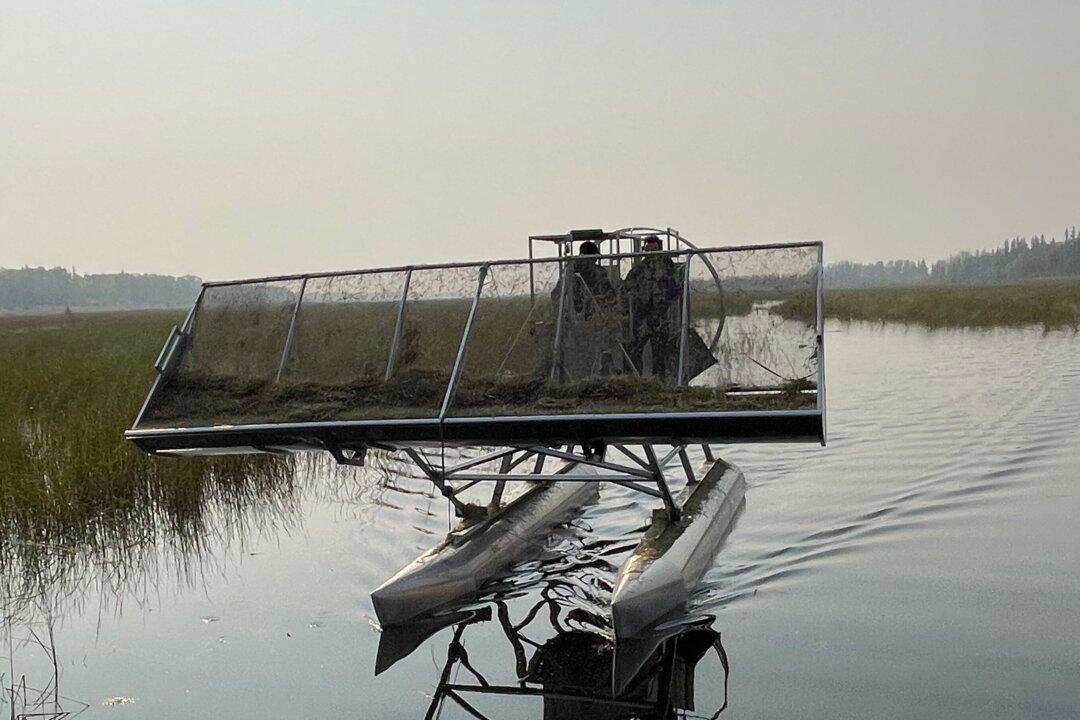It’s been a banner year for wild rice production in northern Saskatchewan, which produces the bulk of Canada’s wild rice crop.
“It’s one of our better years,” said Rusty Cameron, president of the Saskatchewan Wild Rice Council, who has a company called Rusty’s Wild Rice. He said that while the province usually produces around 1.5 million pounds of rice, this year was an exception.





